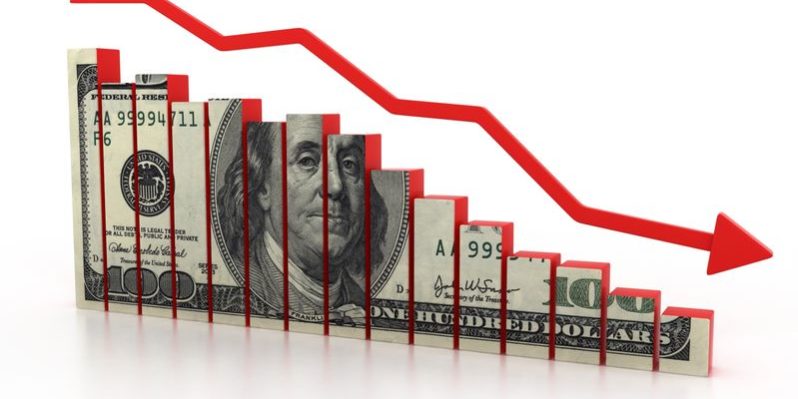Following last week’s Fed meeting, Fed Governors reiterated their statement: the current rise in inflation is transitory and long-term inflation fears are overblown. If you want confirmation, just look at the bond market, where bond buying has been sharp and vigorous over the past month.
What bond buying says about inflation fears
If long-term inflation was a real problem, the bond vigilantes would be out in droves selling bonds like there was no tomorrow. But that has not been happening. Instead, bond buying has been so strong that yields fell yet again. All the talk about the 10-year bond reaching 2% or more was for naught.
Traders often say the bond market easily leads us into good or bad situations. After all, bond traders are so paranoid about losing money or buying power they could have predicted seven of the last two recessions (yes, that’s sarcasm). With that said, following in the tracks of bond traders tends to be a winning formula. It’s the timing that is often out of sync with the markets.
So let’s look at the numbers. Strong trends in price action are reflected in Consumer Price Index and Producer Price Index data. When this is the case, we often see a drop in bond prices rather than a pickup. Meanwhile, the yield curve has been flattening more and more with the spread of 2/10 bond yields at its lowest level since February.
Again, this shows that the bond market agrees with the Fed’s position that inflation trends are not blowing in the wind. They expect little inflation in the economy and dimmer growth prospects for 2022 and beyond. This is certainly not what the Fed has been looking for. They have been seeking 2% or higher inflation for an extended period, perhaps twelve months or more. Given the circumstances, market conditions may stay the same for the foreseeable future.



















